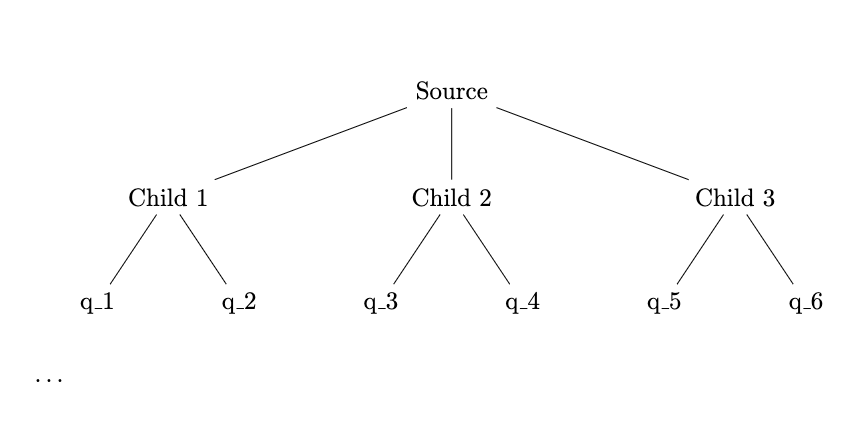Let $G = (V, E)$ be an undirected graph such that every $v\in V$ has $\deg(v) \geq 3$. We must create an algorithm that outputs a cycle of length O(log(n)) if it exists. This algorithm must return in linear time. If such a cycle exists return True, if it doesn't return False.
I had a couple ideas of where to start, but didn't really have a good way to tie them together. My first idea was construction of this graph. Since it has at least degree of 3 I noticed it can always be in a tree-like structure like so:

it can extends further down. It is shaped like this because of the minimum degree 3 requirement. If we inspect the length for the tree we can see the distance is $\log{n}$ edges of height.
After this we could maybe run an algorithm for cycle finding?? I'm just looking for ideas of how to do this problem in linear time in a clean and concise way, any help would be great.

It is shaped like this because of the minimum degree 3 [constraint]imagine a honeycomb with extra edges in the border cells. $\endgroup$